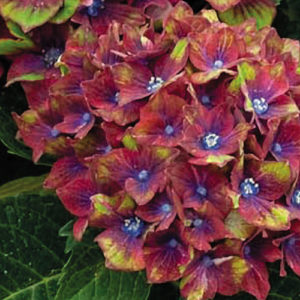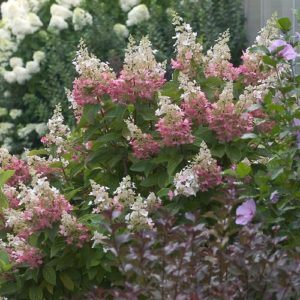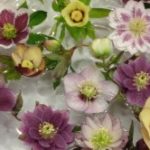Here are three great plants for summer color in the Northwest. These vibrant flowering plants are very easy to care for and come back each year as long as they have good drainage. These won’t survive our Northwest winters planted in a low place or puddle. If the clay is hard and dry as pottery in the summer we do have plants that will live in these conditions, but very few and not these.
Hardy Fuchsia
Flowers all summer and into late fall. I had mine inside a courtyard and used flowers for my Thanksgiving table every year. Hummingbirds love this plant. It’s old fashioned but my 30 something clients love it too.
There is quite a variety of shrub sizes, foliage colors, and variable sizes of flowers. Look for hot pinks, hot reds, deep purples, orchid and pinks. Some sun is needed to get flowers. All day dappled sun coming through tree leaves is perfect! Morning sun and afternoon shade also works well. Deep shade works for annual Fuchsia baskets – don’t be confused. The plants I’m talking about are shrubs Fuchsia magellanica that come back every year and will not flower with too little sun.
Rudebeckia Lacinata ‘Autumn Sun‘
Common Name: Cutleaf coneflower
Syn: Herbstonne
Here’s an easy plant on the other end of the spectrum in every way. Oh how to tell you??? Initially I used this plant to fill in planting areas while my clients wait for their new slower long term plants to grow in. After 3 years when it was time to remove the 5′ to 6′ tall Rudebeckia, my clients tended to say……….”noooooo, I love it so, it just means summer to me!”
So we found ways to keep the plant in the garden and the client happy. Rudebeckia Herbstonne grows to 6′ tall and softens the view of a fence beautifully, it loves hot sun, but will cope with perhaps as little as 4 hours of sun. The flowers are drop dead georgeus. The plant is low water needs and you won’t need to stake it! It stands on it’s own!
Echinacea
Color! Color! Color! is what Echinacea purpurea ‘Kim’s Knee High’ and E. p. ‘Kims Knee High Red’ are all about. They start flowering in June and keep going through August. In September, coneflowers turn cool burnt colors and if you are willing to leave the flower heads overwinter … the chickadees will make a nice meal of the seeds in late winter.
This plant is easy once you get the soil prepped for it. The only way to lose it is have slugs eat it all the first year while it’s just shooting up out of the ground in spring. Many varieties of coneflower get too tall and floppy. The Knee High varieties do not flop and is one of my personal favorites!

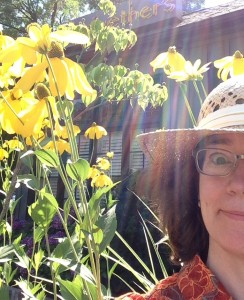
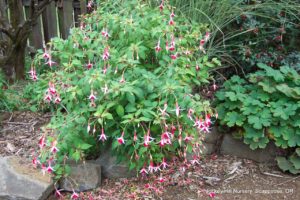
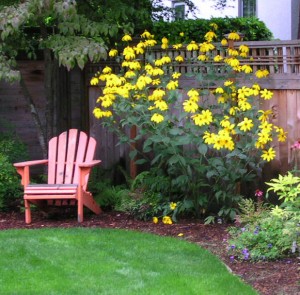
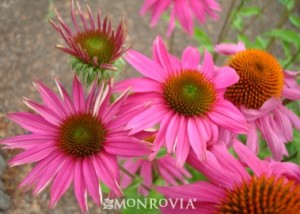





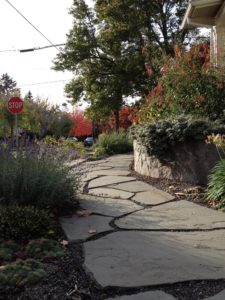

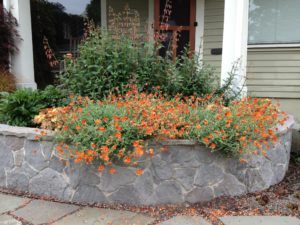
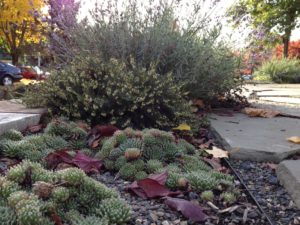
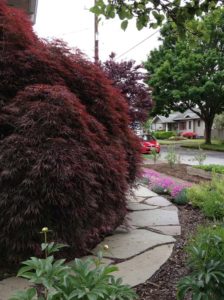
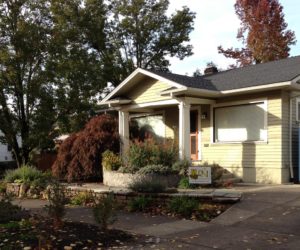
 This vase shaped hydrangea can take a great deal of shade but don’t get crazy. There are no hydrangeas for deep shade.
This vase shaped hydrangea can take a great deal of shade but don’t get crazy. There are no hydrangeas for deep shade.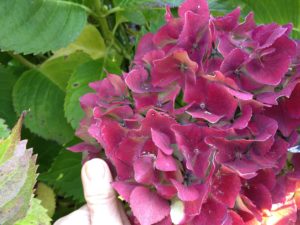
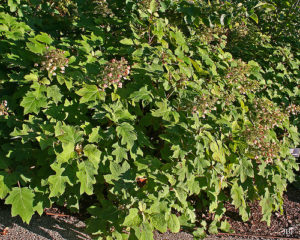 This hydrangea will mature at 24 to 30” tall. Be sure to plant it where it has excellent winter drainage, so never in a low or a heavy clay area.
This hydrangea will mature at 24 to 30” tall. Be sure to plant it where it has excellent winter drainage, so never in a low or a heavy clay area. 